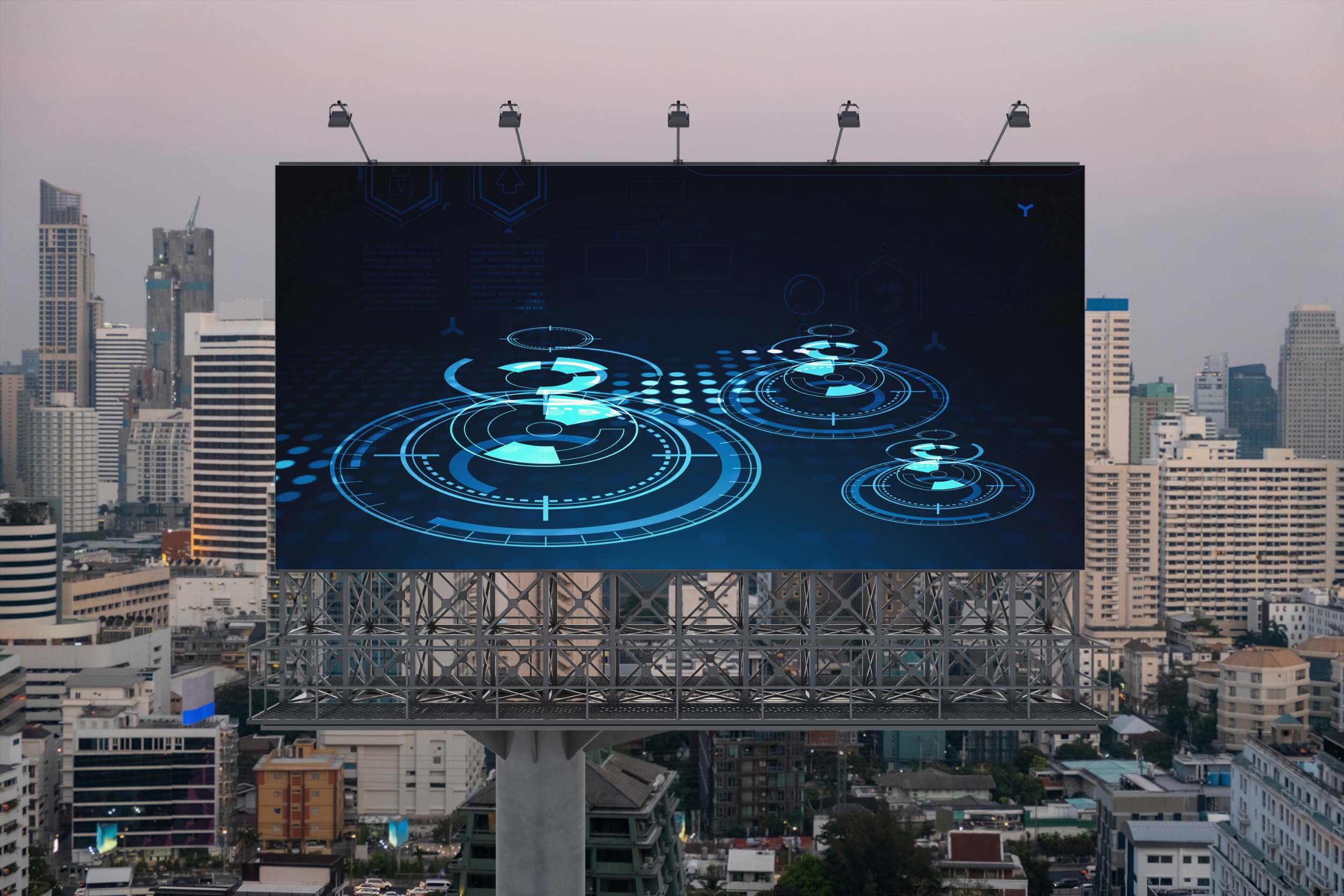The integration of the Internet of Things (IoT) with audio-visual (AV) technology is revolutionizing the AV industry. IoT, which involves connecting devices through the internet to collect and exchange data, is enhancing the functionality and efficiency of AV solutions. This article delves into the intricate relationship between IoT and AV technology, the rise of IoT in the AV industry and how it is transforming various aspects of AV solutions, particularly in Orlando. Additionally, it will address the challenges and future trends of this evolving technology.
How does the IoT relate to AV technology?
IoT and AV technology intersect at the point where connectivity and automation meet. IoT-enabled AV systems can communicate with each other and with users, enabling seamless operation and integration of various devices. This connectivity allows for real-time data exchange, remote control and automated processes, significantly enhancing the user experience. In Orlando, AV services are increasingly leveraging IoT to provide more sophisticated and efficient solutions.
The Rise of IoT in the AV Industry
The AV industry has seen a substantial rise in the adoption of IoT technologies. This surge is driven by the need for more integrated and intelligent AV systems that can provide enhanced functionality, improved efficiency and a better user experience. IoT technology enables AV systems to become more responsive, adaptive and capable of self-diagnosis and maintenance, which is particularly beneficial for AV solutions in Orlando, where businesses and homes demand cutting-edge technology.
How is the IoT changing the AV industry?
- Building the right infrastructure: IoT requires a robust infrastructure to support the vast amount of data generated by connected devices. In the AV industry, this means deploying networks that can handle high bandwidth and low latency to ensure smooth communication between devices. AV solutions in Orlando are increasingly investing in advanced infrastructure to support IoT-enabled systems.
- Managing workflow: The IoT enhances workflow management by automating routine tasks and providing real-time data on system performance. This allows AV service providers in Orlando to monitor and manage their systems more effectively, reducing downtime and improving service delivery.
- Easily integrate multiple devices: One of the key benefits of IoT is the ability to integrate multiple devices into a cohesive system. This is particularly important in the AV industry, where different devices such as projectors, speakers and control systems need to work together seamlessly. Orlando AV services are utilizing IoT to create integrated solutions that offer a more streamlined user experience.
- Cutting costs: The IoT can significantly reduce costs by enabling predictive maintenance, reducing energy consumption and improving operational efficiency. For AV solutions in Orlando, this means providing more cost-effective services to clients while maintaining high-quality standards.
- IoT for homeowners: Homeowners in Orlando are increasingly adopting IoT-enabled AV systems to enhance their home entertainment and automation capabilities. These systems allow homeowners to control their AV devices remotely, receive alerts about system issues and automate various functions for convenience and efficiency.
- Easing integration: The IoT makes it easier to integrate AV systems with other smart home technologies, such as lighting, security and climate control. This integration creates a more cohesive and intelligent home environment, offering enhanced convenience and functionality for users.
- Smart signage: Smart signage is an emerging application of IoT in the AV industry. IoT-enabled digital signs can display dynamic content based on real-time data, such as weather conditions, traffic updates, or customer preferences. Orlando audio-visual services are increasingly incorporating smart signage solutions to provide more engaging and effective communication tools for businesses.
- Consolidation means lower costs: By consolidating various AV devices into a single, integrated system, IoT can reduce the need for multiple standalone systems. This consolidation lowers the overall cost of ownership and simplifies system management for users, making advanced AV solutions more accessible and affordable.
- Homes with an IQ: The IoT is transforming homes into intelligent environments where AV systems can interact with other smart devices to provide a more personalized and efficient experience. Homeowners in Orlando are embracing this technology to create smarter, more responsive living spaces.
- Impact IoT has on AV jobs: The rise of IoT in the AV industry is creating new job opportunities and changing the nature of existing roles. Audio-visual professionals in Orlando need to acquire new skills related to network management, data analysis and IoT integration to stay competitive in the evolving job market.
- Eye in the sky: IoT-enabled surveillance systems are enhancing security in both residential and commercial settings. These systems can provide real-time monitoring and alerts, improving safety and peace of mind for users.
Applications of IoT in AV solutions
IoT has a wide range of applications in the AV industry. These include smart home entertainment systems, automated conference rooms, digital signage and remote monitoring and control of AV devices. AV solutions Orlando are leveraging IoT to provide innovative and customized services that meet the diverse needs of their clients.
Challenges and future trends
Despite its numerous benefits, the integration of IoT in the AV industry also presents several challenges. These include concerns about data security and privacy, the need for standardization and the complexity of managing interconnected devices. However, ongoing advancements in technology and the development of new standards are expected to address these challenges over time.
Looking ahead, the future of IoT in the audio-visual industry is bright. Emerging trends include the use of artificial intelligence to enhance system capabilities, the development of more energy-efficient devices, and the expansion of IoT applications to new areas such as augmented reality and virtual reality. As these trends continue to evolve, the IoT will play an increasingly important role in shaping the future of the AV industry.
Conclusion
From enhancing system integration and efficiency to reducing costs and creating smarter environments, the IoT is driving significant advancements in audio-visual solutions. While challenges remain, the future of IoT in the AV industry holds immense potential, promising continued innovation and improved experiences for users.

